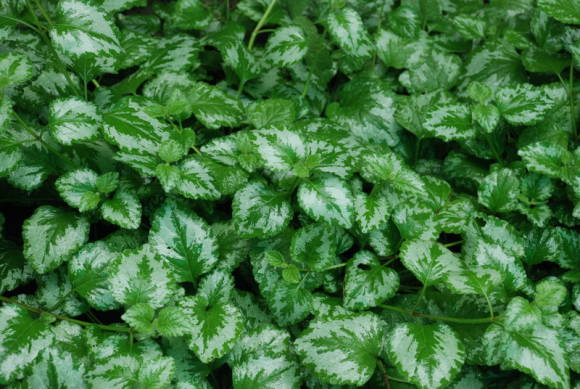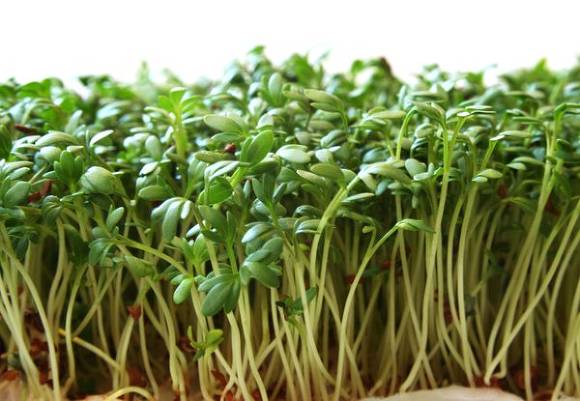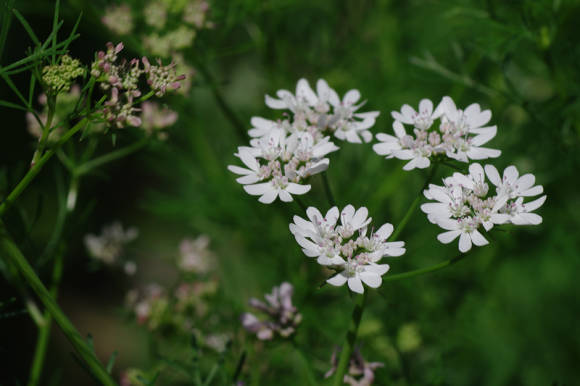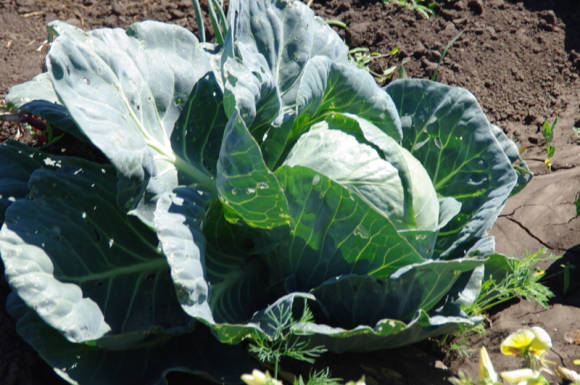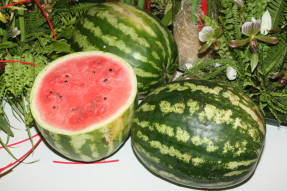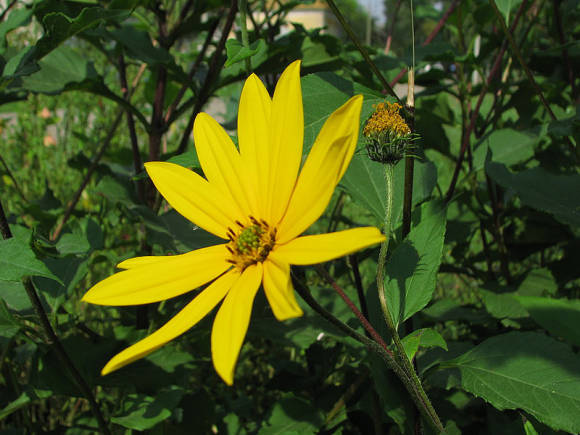
Jackfruit is the largest fruit with a long history of cultivation in tropical regions of Asia. The fruit is elongated and can reach colossal sizes - 90-100 cm in length and 50 cm in thickness, and weigh up to 40 kg, leading among all fruits growing on trees.

The tree that bears such gigantic fruits is called artocarpus varifolia(Artocarpus heterophyllus) and belongs to the tribe of the Arktocarpus family of the Mulberry family (Moraceae), including 15 genera and about 100 plant species.
English name Jackfruit comes from Portuguese Jacawhich originates from the Malayalam Chakka (round). But in almost every region, this fruit has its own name.
The supposed place of origin of the varifolia artocarpus is the tropical forests of India, the Western Ghats, where in terms of nutritional value it is in third place after mangoes and bananas. Archaeological finds show that it was grown here 3-6 millennia ago. Most likely, from here, the migrating population brought it to the east, to the islands of the Malay Archipelago, and spread it throughout the Indo-Malaysian floristic kingdom. Ancient Greeks and Romans knew about him. Artocarpus was mentioned by Theophrastus even before our era, and Pliny wrote at the beginning of the era.
Artocarpus varifolia reaches a height of 15-20 m. It is an evergreen plant with a straight, columnar trunk, powerful board-like roots and whole oval leaves up to 10-15 cm long. Unisexual capitate inflorescences consist of small, inconspicuous flowers, devoid of a perianth. Male inflorescences are lost among the foliage on thin twigs. Larger-flowered female inflorescences form only on the trunk (this phenomenon is called caulifloria) and the thickest branches (ramifloria). Male flowers attract pollinators with the sweet scent of honey and burnt sugar. Sticky pollen is carried not only by the wind and insects - flies and bees, but also by lizards who love to feast on fragrant flowers. Flies are suspected of symbiosis with this plant, because, in addition to pollination, they feed and reproduce in fallen inflorescences rotting on the ground. On industrial plantations, a person interested in the harvest also joined in pollination. More than 200 fruits can be obtained from one tree, the total weight of which exceeds half a ton.

The formation of fruits (or rather, infructescence) from the overgrown parts of the flower, its appendages and the axis of the receptacle is stretched in time and can last from 3 to 8 months. At first, the green thorny peel, which looks like an armadillo shell, turns yellow and slightly brown, and the thorns cease to be prickly. Fully ripe jackfruit emits a light sweetish aroma of rotten onion, which often spoils the impression upon first meeting. This smell is typical for fruits distributed in nature by mammals. The fruits are readily eaten by monkeys and noses, at the same time settling the seeds.
Almost all parts of jackfruit are edible, but their taste is diametrically different. The rough, lumpy peel, formed from the peripheral parts of the perianths, is firmly glued with milky juice and is difficult to separate. Sticky latex stains hands and dishes that are not easy to clean. However, it is worth the pain to try what is hidden inside.

Successfully peeling off the rind reveals a delicious golden yellow flesh. It has a pleasant aroma and rich taste, reminiscent of a mixture of melon, pineapple, mango, papaya and banana at the same time, more than compensating for the initial unpleasant olfactory impression. The soft, juicy lobules formed by the overgrown perianths are composed of sweet slippery fibers and represent the most delicious part of the fruit. The consistency of the pulp resembles raw oysters, but there is another variety of jackfruit, with a denser, crunchy pulp.It is these fruits that are the largest and have the greatest commercial value, although they are not so sweet. There are varieties that occupy an intermediate position.
Jackfruit pulp is very nutritious, contains up to 40% starch - more than bread, and is a valuable source of fiber. Rich in vitamin A, phosphorus, calcium and sulfur. However, you should not be zealous with its use, since the pulp has a laxative effect. However, this is unlikely to work, since jackfruits are exported, not exceeding 3-5 kg in weight.

Each slice of pulp is surrounded by a light brown egg-shaped seed, up to 3 cm long. Rich in carbohydrates and proteins, the seeds have a chestnut flavor. Like nuts they are called jacknuts and eaten raw, boiled and fried. Dishes made from them taste like legumes. But the most appreciated are seedless varieties, because choosing hundreds of seeds is quite laborious. The space between the pulp lobules is filled with a fibrous tissue called rags (rag, flap). These fibers are formed from the perianths of non-pollinated flowers and are an exceptional gelling component for jams.
In national cuisines, ripe jackfruits are used to prepare salads, desserts, and liqueurs. In India and Sri Lanka, pulp is often used as a substitute for meat in curries. Canned jackfruits in syrup are sold, as well as dried and frozen. Unripe fruits are knitted and are not edible in their raw state, they are treated as with vegetables - they are boiled, steamed, stewed, baked, fried in a pan and grilled. This nutritious and relatively cheap fruit, often referred to as “poor bread”, has become a national symbol of Bangladesh.
The nutritional qualities of jackfruit were not always appreciated because of the specific smell. So, in Sri Lanka, the varifolia artocarpus is still grown more for the sake of soft, durable and beautiful golden wood, which is used in construction, for the manufacture of furniture, various joinery and musical instruments. In the Philippines, it is used to make the body of an instrument called kutiyapi, like a lute, and in India - a stringed instrument veena and drums mridangam and kangira.
But for the peoples of Southeast Asia (primarily Thailand) and the Philippines, jackfruit has become almost native, here it settled several centuries ago and won the name savory (support, help). One way or another, the Thais use all parts of the plant. The fruits are widely used in local cuisine, wood - in construction, roots, unripe fruits and herbal teas from the leaves - in folk medicine. High-quality glue is made from latex, which is found in all parts of the plant. By the way, the presence of latex is the prerogative of mulberries and only some nettles. Thanks to the close relatives of the jackfruit from the mulberry family - elastic castile (Castilla elastica) and castile rubber (Castilla ulei) the name "rubber" was born. Of these, an elastic substance was mined on an industrial scale, somewhat inferior in quality to rubber from Brazilian hevea. (Hevea brasiliensis)belonging to the euphorbia family.

The copper-colored jackfruit, which the Thais consider a magical metal, is credited with the properties of a talisman that protects from wounds; trees are planted next to houses. A century ago, Thais traded in a yellow dye for fabrics, which was produced from the peel of the fruit and the core of the jackfruit wood. It is to him that the famous clothes of Buddhist monks owe their ocher color.
Artocarpus varifolia is also grown in the countries of East Africa, in some places it has naturalized even in Northern Brazil and Suriname.
Acquaintance with this interesting plant for us is limited to its nutritional benefits. But if you want to have this Thai amulet in your tropical greenhouse, remember that the seeds, separated from the pulp, remain viable for only a few days.

